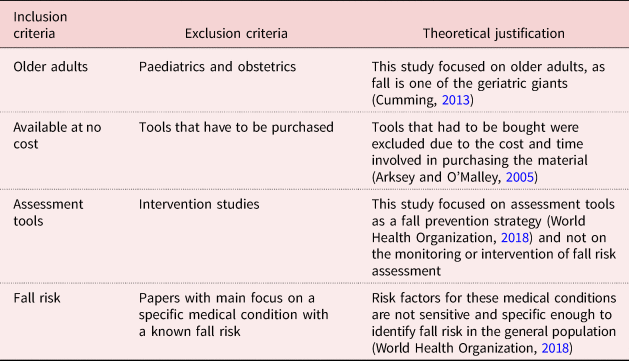How Dementia Fall Risk can Save You Time, Stress, and Money.
How Dementia Fall Risk can Save You Time, Stress, and Money.
Blog Article
Some Known Details About Dementia Fall Risk
Table of ContentsThe Ultimate Guide To Dementia Fall RiskThe Of Dementia Fall RiskHow Dementia Fall Risk can Save You Time, Stress, and Money.6 Easy Facts About Dementia Fall Risk Described
A loss risk analysis checks to see exactly how most likely it is that you will certainly fall. It is mostly done for older grownups. The assessment generally includes: This includes a series of inquiries regarding your overall health and if you have actually had previous drops or troubles with balance, standing, and/or strolling. These tools test your strength, equilibrium, and gait (the way you walk).Interventions are recommendations that may lower your danger of dropping. STEADI includes 3 actions: you for your threat of falling for your threat factors that can be enhanced to try to prevent drops (for instance, balance problems, damaged vision) to reduce your risk of dropping by using reliable strategies (for example, providing education and learning and sources), you may be asked several questions including: Have you fallen in the past year? Are you fretted about dropping?
After that you'll sit down once more. Your copyright will certainly examine how much time it takes you to do this. If it takes you 12 seconds or more, it may indicate you go to greater risk for a loss. This test checks toughness and equilibrium. You'll being in a chair with your arms crossed over your upper body.
Move one foot midway forward, so the instep is touching the huge toe of your various other foot. Relocate one foot totally in front of the other, so the toes are touching the heel of your various other foot.
The Of Dementia Fall Risk
Most falls take place as a result of multiple contributing variables; for that reason, managing the danger of dropping begins with identifying the variables that add to drop threat - Dementia Fall Risk. Several of the most appropriate threat aspects consist of: History of prior fallsChronic medical conditionsAcute illnessImpaired stride and equilibrium, reduced extremity weaknessCognitive impairmentChanges in visionCertain high-risk medications and polypharmacyEnvironmental factors can likewise increase the threat for drops, including: Poor lightingUneven or harmed flooringWet or slippery floorsMissing or damaged handrails and get barsDamaged or improperly fitted tools, such as beds, mobility devices, or walkersImproper use of assistive devicesInadequate supervision of the individuals residing in the NF, including those who display hostile behaviorsA successful fall danger administration program requires an extensive medical analysis, with input from all participants of the interdisciplinary team

The treatment plan must additionally consist of interventions that are system-based, such as those that advertise a safe atmosphere (suitable lighting, hand rails, get hold of bars, and so on). The performance of the treatments need to be evaluated occasionally, and the treatment strategy changed as essential to show changes in the fall danger analysis. Implementing a fall danger administration system making use of evidence-based ideal method can reduce the prevalence of drops in the NF, while restricting the possibility for fall-related injuries.
Getting The Dementia Fall Risk To Work
The AGS/BGS guideline recommends evaluating all grownups aged 65 years and older for loss risk every year. This testing includes asking patients whether they have actually fallen 2 or even more times in the past year or looked for medical attention for a fall, or, if they have actually not dropped, whether they feel unstable when walking.
People who have actually dropped when without injury ought to have their equilibrium and stride examined; those with stride or equilibrium irregularities ought to obtain extra analysis. A background of 1 loss without injury and without stride or equilibrium issues does not warrant more assessment beyond continued annual fall danger testing. Dementia Fall Risk. A fall threat analysis is needed as component of the Welcome to Medicare examination

About Dementia Fall Risk
Documenting a drops background is one of the high quality indicators for loss avoidance and management. Psychoactive medicines in certain are independent forecasters of falls.
Postural hypotension can often be relieved by lowering the dose of blood pressurelowering medications and/or stopping medications that have orthostatic hypotension as a side impact. Use above-the-knee assistance pipe and copulating the head of the bed raised might likewise lower postural reductions in blood pressure. The suggested aspects of a fall-focused checkup are revealed in Box 1.

A pull time above or equal to 12 secs suggests high autumn risk. The 30-Second Chair Stand examination examines reduced extremity toughness and equilibrium. Being incapable to stand up from a chair of knee height without using one's arms shows increased fall danger. The 4-Stage Equilibrium test assesses fixed equilibrium by having the person stand in 4 settings, each progressively more challenging.
Report this page